Quality Control of Plastic Film Rolls
2025-04-07
Maintaining high - quality plastic film rolls is crucial, as they serve diverse industries, from food packaging to agriculture. Quality control measures are implemented throughout the production cycle to ensure consistent and reliable products.
1. Raw Material Inspection
The journey of quality control begins with the inspection of raw materials. Plastic resins, additives, and colorants are carefully examined. For instance, the melt flow index (MFI) of plastic resins is tested. A deviation in MFI can lead to inconsistent film thickness and mechanical properties. Infrared spectroscopy is often used to verify the chemical composition of the raw materials, ensuring they meet the required standards.
2. In - Process Monitoring
During production, various parameters are continuously monitored. Film thickness is a critical factor. Laser or beta - ray gauges are installed on the production line to measure the thickness at multiple points. Any deviation from the set values triggers immediate adjustments to the extrusion or casting process. The temperature and pressure of the extruder are also closely monitored, as fluctuations can affect the melting and flow of the plastic, ultimately influencing film quality.
3. Mechanical and Physical Testing
Finished film rolls undergo a series of mechanical and physical tests. Tensile strength tests determine the film's ability to withstand stretching forces. Elmendorf tear strength tests measure the film's resistance to tearing. Additionally, properties like moisture vapor transmission rate (MVTR) and oxygen transmission rate (OTR) are tested, especially for films used in food packaging.
4. Visual Inspection
Visual inspection is an essential part of quality control. Operators check for defects such as holes, wrinkles, and uneven coloring. Automated vision systems are also increasingly used, as they can detect even the smallest defects at high speeds.
5. Packaging and Storage
Proper packaging and storage are crucial to maintain film quality. Film rolls are wrapped in protective materials to prevent damage during transportation and storage. They are stored in a controlled environment, away from direct sunlight, heat, and humidity, to prevent degradation.
You Might Also Like
-
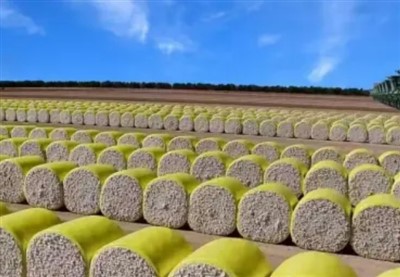
what are the advantages of cotton packaging film
-
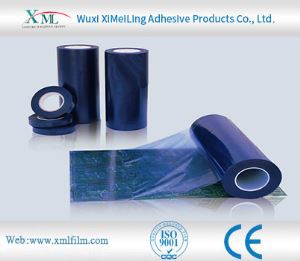
How does pe protective film cope with high temperature environment
-

The Advantages of Cotton Wrap Film
-
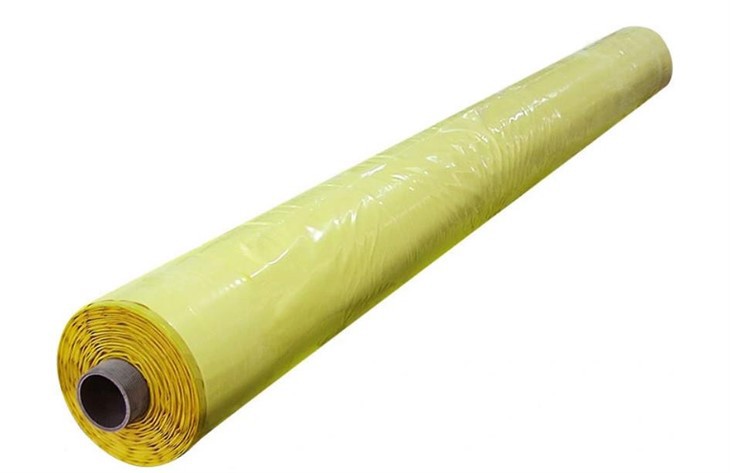
Advantages of Cotton Bale Wrap Film
-
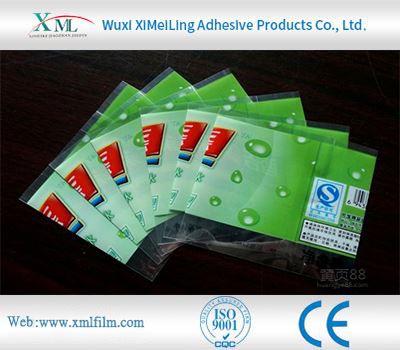
How Polyethylene Packaging Material Copes with High Temperature Environment
-
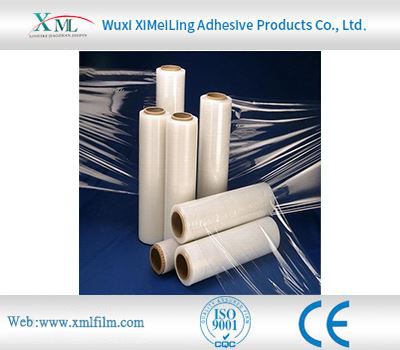
How to Remove Protective Transparent Plastic Film Without Damaging the Surface
